Upcoming Tours

Macro Magic Awaits!
AGUMBE
- July 16th - July 18th 2024
Sold Out
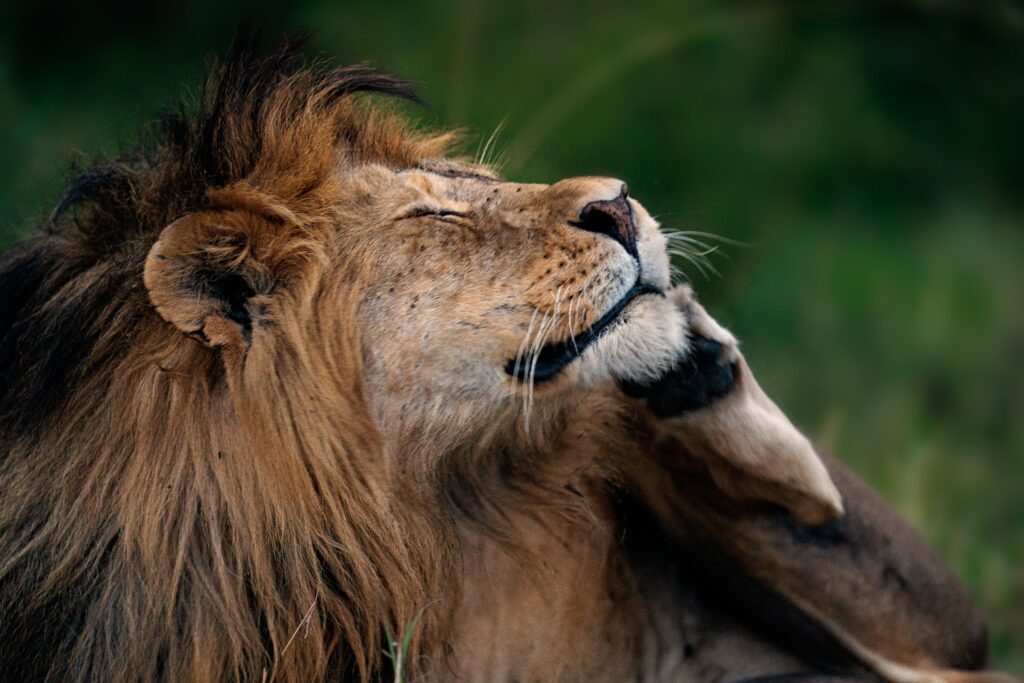
Capture the Wild!
NAGARHOLE
- July 23rd - July 26th 2024
Sold Out
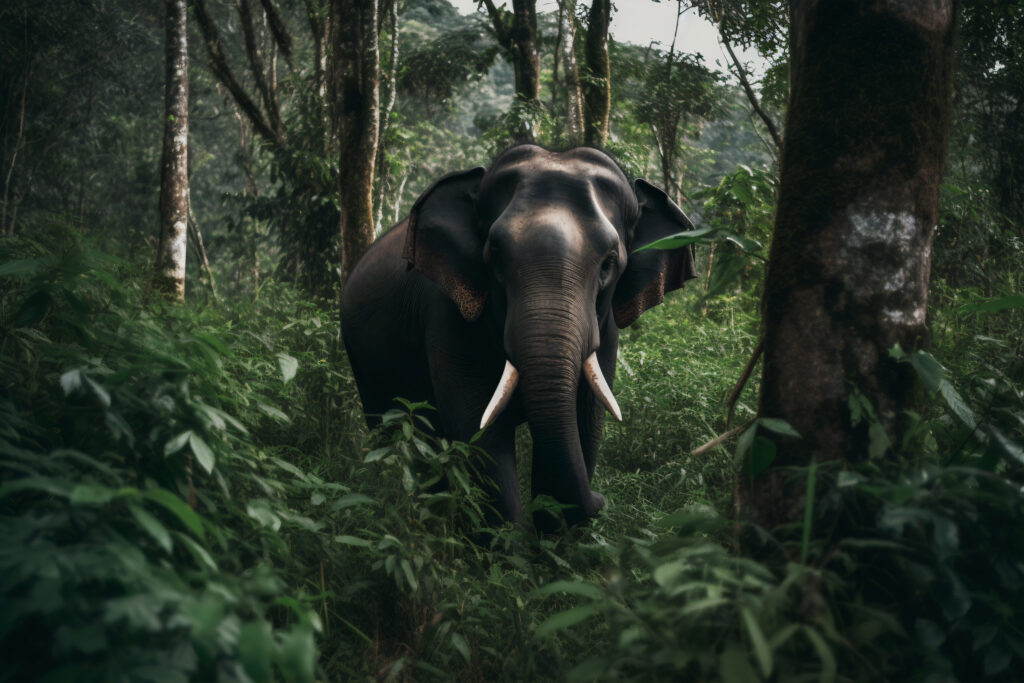
Capture the Wild!
BANDIPUR
- July 26th - July 28th 2024
Sold Out

Capture the Wild!
MASAI MARA
-
August 5th to 10th 2024
Sold Out
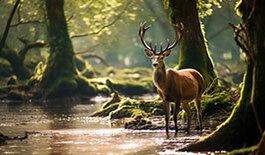
Capture the Wild!
The Sunderbans
-
August 9th to 13th 2024
Sold Out
Agumbe Photography Expedition
Macro Magic Awaits!
July 16th - July 18th 2024
For those who missed out, don’t worry! Stay tuned for some exciting updates and future expeditions. We’re constantly planning new journeys and opportunities to explore the stunning biodiversity of India through our lens. To give you a glimpse of what awaits, here are some captivating images from our previous macro photography sessions:
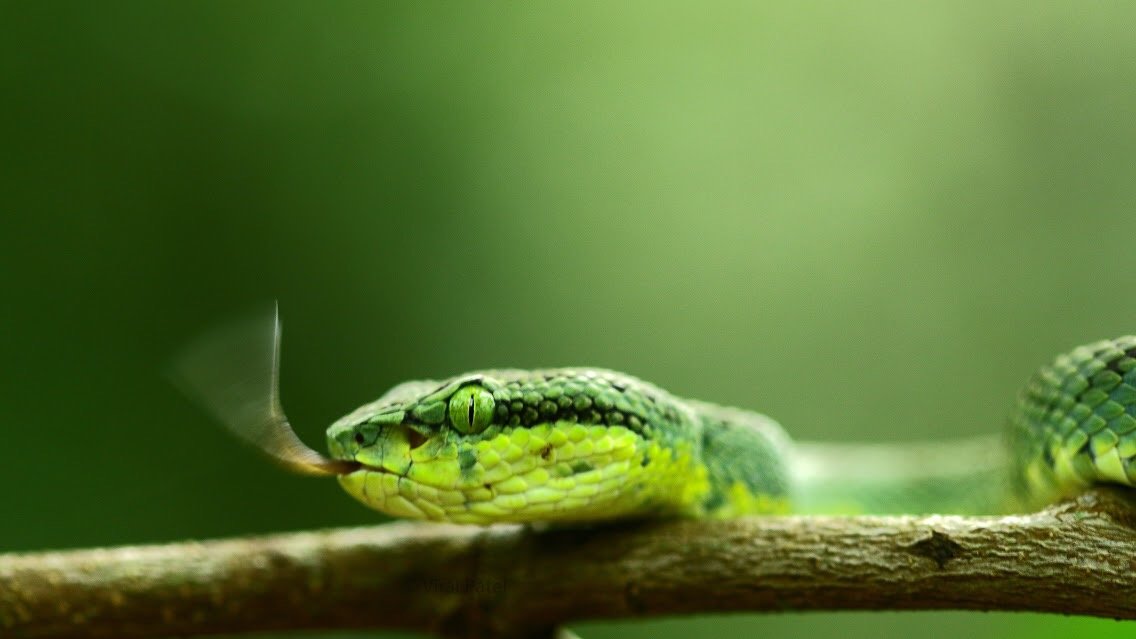

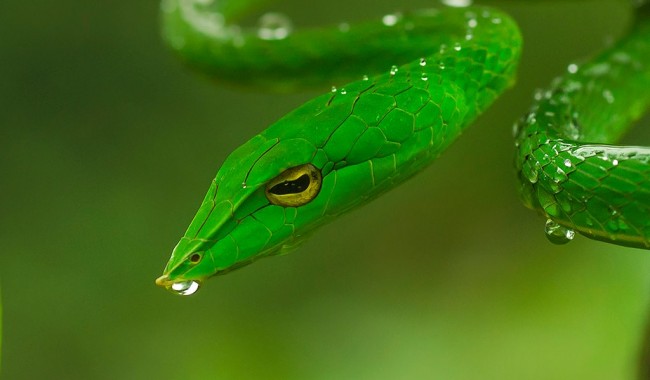
Keep an eye on our website and social media channels for announcements about upcoming adventures, special workshops, and more. Join us as we continue to celebrate the beauty of wildlife and conservation through the art of photography.
See you in the wild!
Nagarhole Photography Expedition
Capture the Wild!
July 23rd - July 26th 2024
Stay Tuned for More Updates!
While our July expedition is sold out, we’re working on some exciting new updates and announcements for our future expeditions. Keep an eye on our website and social media channels for:
- New expedition dates and destinations
- Special promotions and discounts
- Tips and tutorials from our expert photographers
- Behind-the-scenes stories from our recent expeditions
Check out some of our stunning images from our previous Nagarhole expeditions:
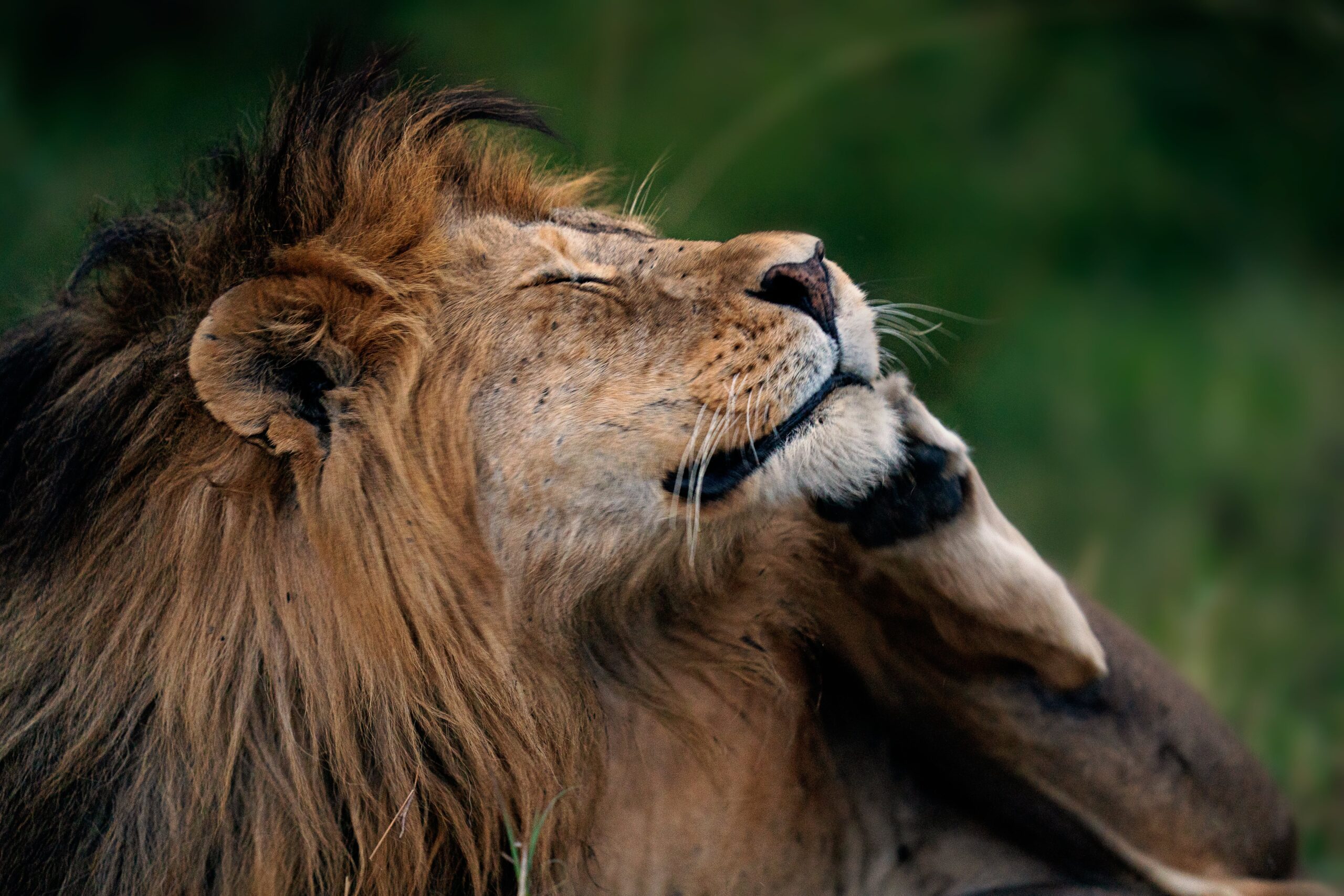


If you’re as passionate about wildlife photography and conservation as we are, join our community to stay updated on our latest news, tips, and offers. Follow us on social media or sign up for our newsletter to be the first to know about our upcoming expeditions and promotions.
Thank you for your interest in Jungle Arc, and we look forward to taking you on an unforgettable photo safari adventure soon!
Best regards,
The Jungle Arc Team
Snap, Explore, Repeat! Join Our Next Bandipur Photo Safari
Capture the Wild!
July 26th - July 28th 2024
Our next photo safari expedition to Bandipur, Karnataka, scheduled from July 26th to 28th, is now fully booked! We’re thrilled to see so many wildlife enthusiasts joining us on this adventure.
Stay Tuned for More Exciting Updates!
While our July expedition is sold out, we’re already planning our next adventure. Stay tuned for updates on upcoming photo safari expeditions, new destinations, and special offers. We can’t wait to share them with you!
Relive the Magic of Bandipur
Take a sneak peek at what you can expect from our Bandipur photo safari:

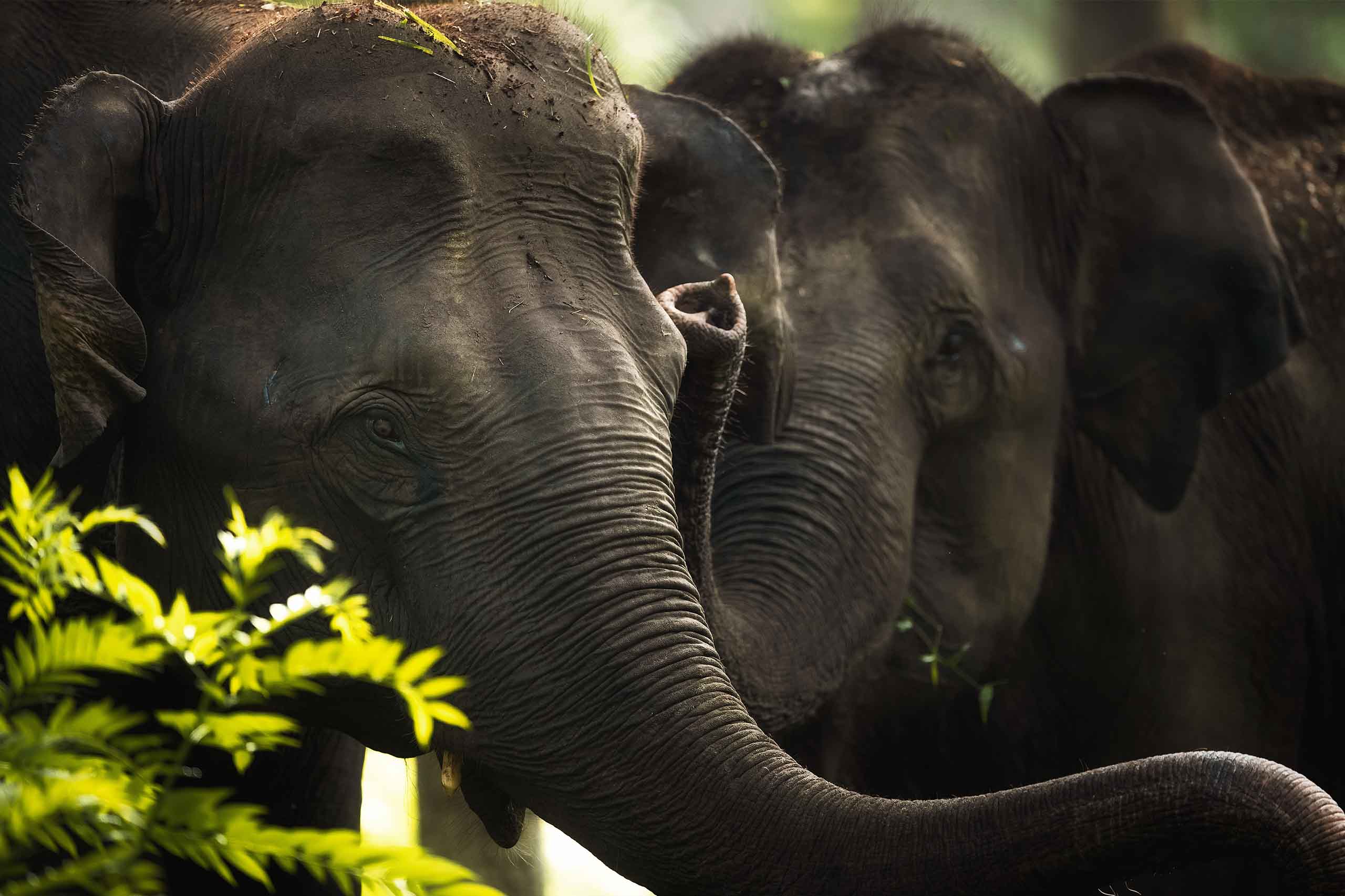
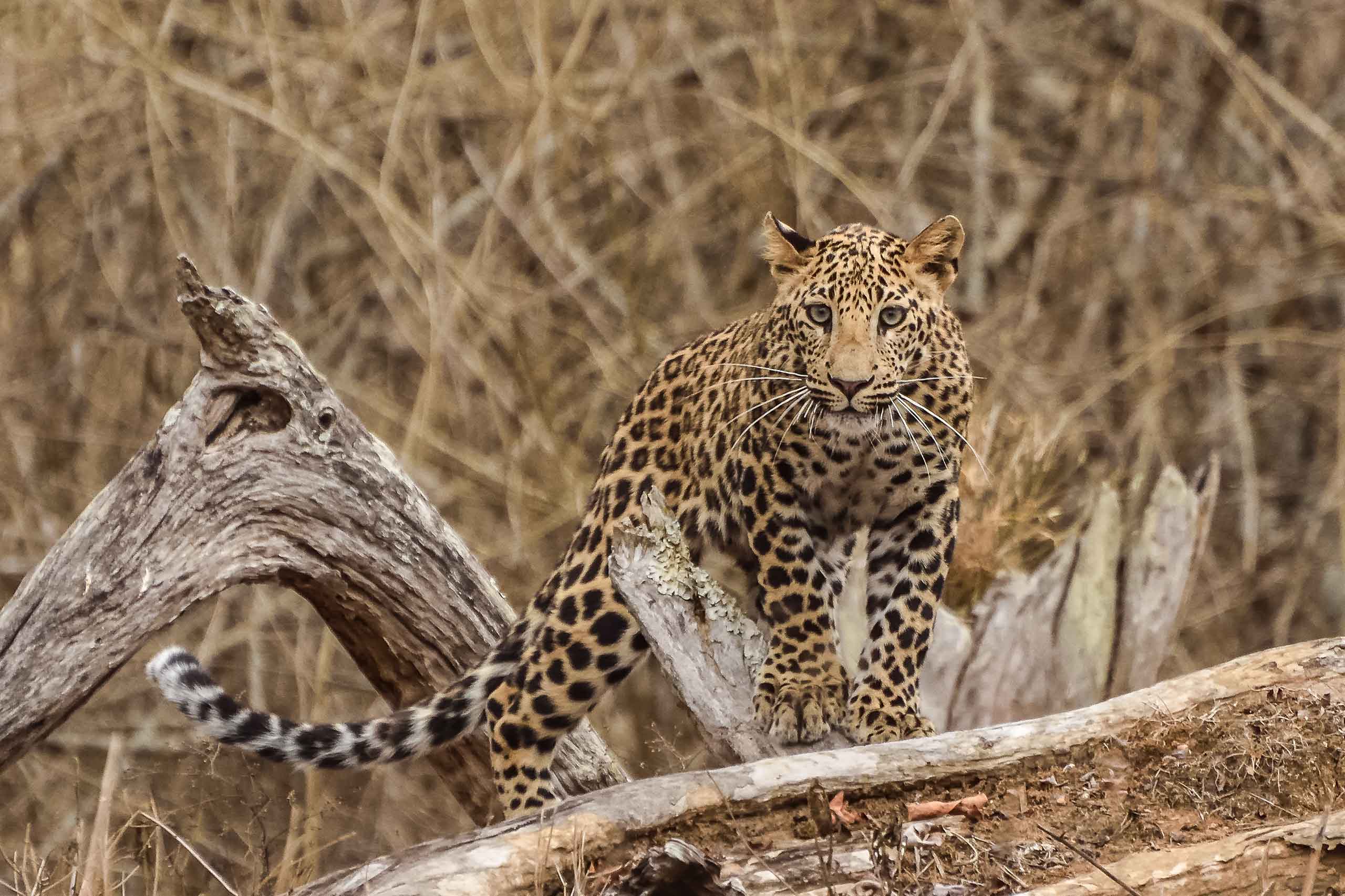
Get Ready for Your Next Adventure!
We can’t wait to take you on an unforgettable journey into the heart of India’s wilderness. Keep an eye out for our next expedition announcement and get ready to capture the beauty of nature like never before!
Masai Mara Photo Safari Expedition
Capture the Wild!
August 5th to August 10th 2024
Our next photo safari expedition to Masai Mara, scheduled from August 5th to August 10th, is now fully booked! We’re thrilled to see so many enthusiastic wildlife photographers and nature lovers joining us on this adventure.
Stay Tuned for More Exciting Updates!
While our August expedition is sold out, we’re already planning our next adventure. Stay tuned for updates on upcoming photo safari expeditions, new destinations, and special offers. We can’t wait to share them with you!
Take a sneak peek at what you can expect from our Masai Mara photo safari:



Get Ready for Your Next Adventure!
We can’t wait to take you on an unforgettable journey into the heart of Africa’s wilderness. Keep an eye out for our next expedition announcement and get ready to capture the beauty of nature like never before!
Masai Mara Photo Safari Expedition
August 10th to August 15th 2024
Join our next photo safari expedition to Masai Mara, scheduled from August 10th to August 15th, and capture the majesty of Africa’s wilderness!
Only 3 Spots Left!
We have only 3 out of 8 vacancies remaining for this expedition, so don’t miss your chance to join us on this unforgettable adventure!
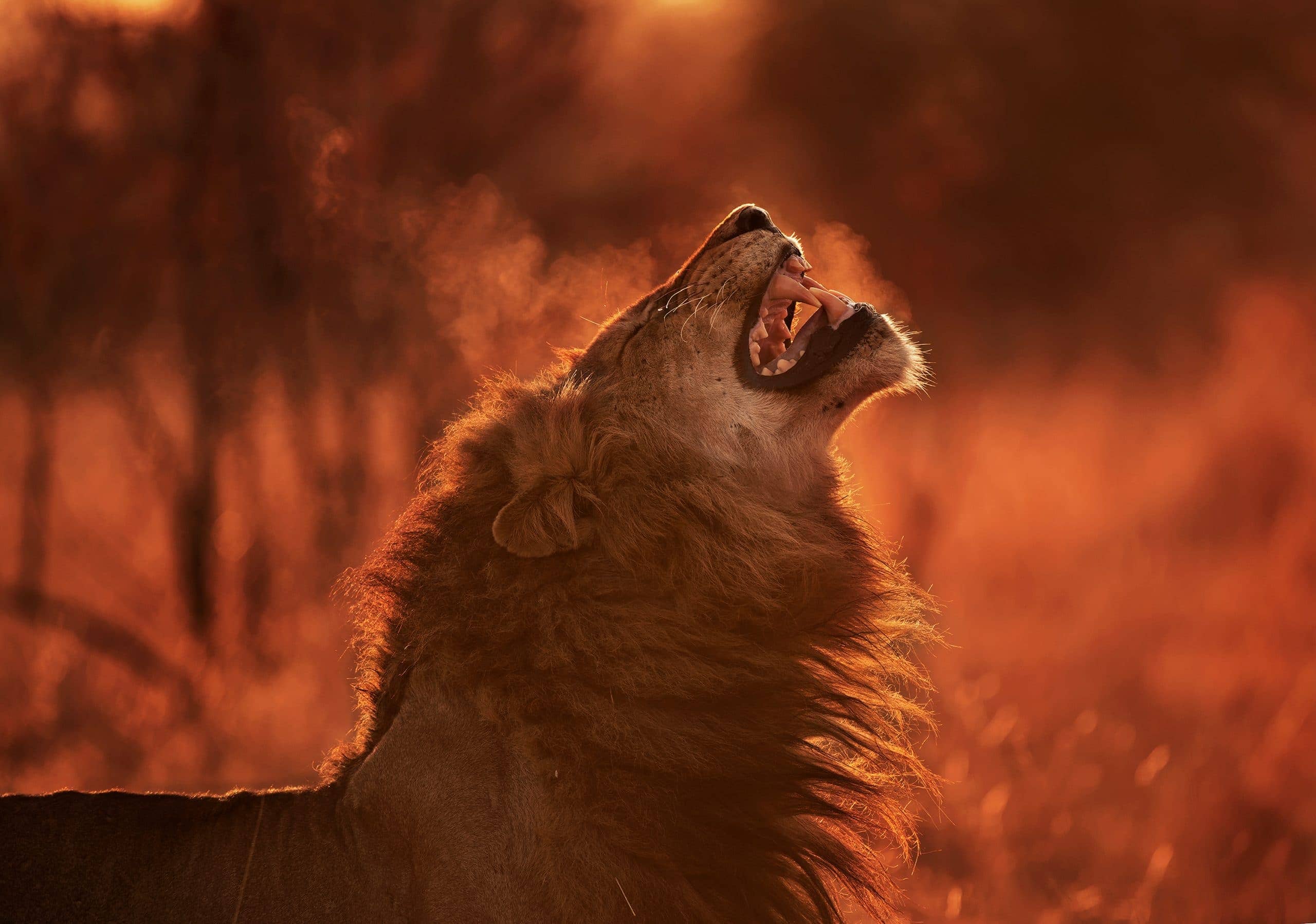


- The Itinerary
- Why travel with Jungle Arc?
- Package Includes
Day 1:
Day 2
Day 3
Day 4:
Day 5:
Day 6:
Unlike many wildlife travel companies, Jungle Arc is a concern founded and run ‘by the wildlife and photography enthusiasts’ and it is ‘for the wildlife and photography enthusiasts’. Jungle Arc comprises professionals who have given up their thriving careers in pursuit of their passion for wildlife travel and photography.
There are many other compelling reasons why travelling with Jungle Arc offers the complete, winsome Masai Mara exploration.
At the top, you will enjoy exceptional, assured hospitality and attentive service that you will cherish for life, and share with others too.
Along with that, we provide end-to-end services to you, beginning with your visa and air tickets and bringing you back home. We engage the most luxurious and sophisticated travel, lodging and camping facilities to give you the most complete and fulfilling experience.
Coming to the safari proper, we, your JungleArc companions who are photography professionals, travel experts, wildlife experts & enthusiasts, naturalists, and who care for environment and ecology are your primary guides.
Locally, we engage the most trusted and experienced native people — the Maasai folk — as guides. They are the nature’s kids in the laps of Kenyan forests. They know the in and out of the landscape, the habitats and the haunting places of the animals and birds, and also know the natural history of their land. With them by your side, you are set to ‘experience’ forest and wildlife, and not just see them.
They ensure that you never miss any of the wild action during the journey. Additionally, you will be exploring the Kenyan socio-cultural fabric of the Maasai people while you enjoy their legendary hospitality.
The tour in itself will comprise small groups of like-minded people, and you get the complete attention and guidance to experience nature in all its untamed wilderness.
You will be travelling with us — a bunch of seasoned and passionate photographers.
To add value to your experience, you will be exercising and improvising your photography skills with instructions from us. We provide special instructions on the use of various lenses to get the best shots.
Take home an experience of a lifetime etched in your hearts and in the photographs you take. It will remain a legacy you will cherish and pass on to your friends and family.
- Passport with 6 months’ validity and at least 2 blank pages.
- Kenyan visa.
- Two doses of COVID vaccination (certificate).
- An RT-PCR negative report if any flu-like symptoms.
- Yellow fever vaccination.
Kindly consult us for more details.
Contact us for the complete details of the pricing of the Masai Mara trip.
– 6 days/5 nights accommodation in a luxury safari lodge
– Full-board meals and refreshments
– Expert guidance and photography tips from our experienced guides
– Game drives and photography sessions in Masai Mara National Reserve
– Visit to a local Maasai village
– Transfer from Nairobi to Masai Mara and back
Book Your Spot Now!
Secure your place by booking now. Contact us for more information and to reserve your spot.
November 27 - December 2 ,2022
- Masai Mara Nov 27 - Dec 2
- November in Masai Mara
- Wildlife in November in Masai Mara
- Why travel with Jungle Arc?
- Cost
November 27 — Checking-in into camp at Masai Mara.
Your adventure begins from your pick-up points (either the hotels in Nairobi or the Airport). The drive to Masai Mara is 5-6 hours long but the views are worth halting for. We stop to admire the Great Rift Valley which is a series of geographic trenches that run for 7000 km and run from Lebanon in Asia to Mozambique in South Africa. We then check in at the camp where we have a quick meet and greet our host. The group would then break for lunch in case we had not had it on the way. The rest of the day shall go as planned. The leader will be providing all instructions at the venue.
November 28–December 1 — The next four days of game safari will be packed with fun, adventure and learning.
On a new day in the wilderness, the guests start their day from camp at 4.45 am at the designated spot and proceed to their respective safari cruisers allocated to them. The first session is capturing the perfect sunrise shots keeping the sun as the subject. Bush breakfast will be observed between 8.30 am – 9:00 am. No trip is complete without searching for the big 5. This search will last until noon after which guests return to camp to refresh, relax and feast on some exquisite lunch.
The next safari begins at 3.30 pm for the second round of scouting, and if luck permits, we could spot some ‘grazers’ in November who could be returning back in herd from the great migration.
After dusk, guests head back to the camps and quickly have some freshly prepared snacks & beverages after which they retire to their chalets to freshen up and rendezvous to discuss and review the day’s clicks share their experiences and indulge in some well-deserved dinner before they can call in a night.
December 2 — Check out and departure to Nairobi airport.
Other activities: Bonfire, spa massages, bar, swimming pool, bush black-tie dinners, and champagne breakfasts.
November is the ‘Green Season’ in Masai Mara.
It’s that time of the year when the snaking Mara River is in full life. The golden savannah grasslands (Themeda triandra grass) and the canopied acacia (Acacia brevispica/ Themeda triandra) trees, classic icons of African wildlife reserves, have now turned green after the ‘big rainy season’. There’s a fresh infusion of life everywhere. November is when the litters of the little ones are ubiquitous. Even the migratory birds from far-off regions and continents have arrived. There are short bursts of rains that are enjoyable and spectacular at the same time.
Indeed, it’s the time when our eyes, and the eyes of our cameras, are ready to feast on the landscape filled with exotic flora and fauna of one of the most biologically vivid and visited wildlife reserves in the world.
The theme
The principal theme of the November expedition would be wildscape photography, as the terrain would be teeming with diverse life forms in the contrasting background of vivid colours and shades.
Also, the tourist crowds are less in number and less intrusive, and the dust in the air during the ‘Dry Season’, having been rendered ‘down to earth’ due to the rains and grass cover, no more obstruct the cameras’ eyes.
There’s incessant wildlife action, day and night, in these forests and grasslands in the ‘light rainy season’ of November and December. The chief attractions would be:
Of course, The Big Five — Lions (Panthera leo), leopards (Panthera pardus), African savannah elephants (loxodonta africana), rhinos (Rhinocerotidae) and African cape buffaloes (Syncerus caffer).
Let’s take closer, detailed, classified look:
The Carnivores — Lions (Panthera leo), cheetahs (Acinonyx jubatus), leopards (Panthera pardus), spotted hyena (Hyaena hyaena), ardwolf (Proteles cristatus), bat eared foxes (Otocyon magalotis ), side striped jackals (Canis adustus), black-backed jackals (Canis mesomelas), African wild dogs (Lycaon pictus)…
The BIG herbivores — African savannah elephants (loxodonta africana), giraffes (Giraffa camelopardalis), hippos (Hippopotamus amphibious), rhinos (Rhinocerotidae), African cape buffaloes (Syncerus caffer) and zebras (Equus zebra/Equus quagga)…
The grazers — Antelope oryx (Oryx beisa), coke’s hartebeests (Alcelaphus buselaphus cokii), thomson’s gazelle (Eudorcas thomsonii)…
The fliers — Oxpecker (Buphagus africanus), grey crorwned crane (Balearica regulorum), Secretary bird (Sagittarius serpentarius), Southern ground hornbill (Bucorvus leadbeateri), Turacos (Musophagidae)…
Unlike many wildlife travel companies, Jungle Arc is a concern founded and run ‘by the wildlife and photography enthusiasts’ and it is ‘for the wildlife and photography enthusiasts’. Jungle Arc comprises professionals who have given up their thriving careers in pursuit of their passion for wildlife travel and photography.
There are many other compelling reasons why travelling with Jungle Arc offers the complete, winsome Masai Mara exploration.
At the top, you will enjoy exceptional, assured hospitality and attentive service that you will cherish for life, and share with others too.
Along with that, we provide end-to-end services to you, beginning with your visa and air tickets and bringing you back home. We engage the most luxurious and sophisticated travel, lodging and camping facilities to give you the most complete and fulfilling experience.
Coming to the safari proper, we, your JungleArc companions who are photography professionals, travel experts, wildlife experts & enthusiasts, naturalists, and who care for environment and ecology are your primary guides.
Locally, we engage the most trusted and experienced native people — the Maasai folk — as guides. They are the nature’s kids in the laps of Kenyan forests. They know the in and out of the landscape, the habitats and the haunting places of the animals and birds, and also know the natural history of their land. With them by your side, you are set to ‘experience’ forest and wildlife, and not just see them.
They ensure that you never miss any of the wild action during the journey. Additionally, you will be exploring the Kenyan socio-cultural fabric of the Maasai people while you enjoy their legendary hospitality.
The tour in itself will comprise small groups of like-minded people, and you get the complete attention and guidance to experience nature in all its untamed wilderness.
You will be travelling with us — a bunch of seasoned and passionate photographers.
To add value to your experience, you will be exercising and improvising your photography skills with instructions from us. We provide special instructions on the use of various lenses to get the best shots.
Take home an experience of a lifetime etched in your hearts and in the photographs you take. It will remain a legacy you will cherish and pass on to your friends and family.
- Passport with 6 months’ validity and at least 2 blank pages.
- Kenyan visa.
- Two doses of COVID vaccination (certificate).
- An RT-PCR negative report if any flu-like symptoms.
- Yellow fever vaccination.
Kindly consult us for more details.
Contact us for the complete details of the pricing of the Masai Mara trip.
Cost includes:
- Nairobi to Mara – transfer by mini vans (~ 5-6 hours’ drive) & Mara to Nairobi- transfers in mini vans (~ 5-6 hours’ drive).
- Accommodations in Mara at a luxury camp inside the reserve.
- Luxury tented category of accommodation on double sharing bases.
- Park entrance fees and off-road permits.
- Lunch and supper on all days; morning breakfast on the day of departure.
- Safari as mentioned above with local Maasai guide/driver only in modified, photography friendly land cruiser.
- Bush dinner.
- Sundowner (subject to time and availability).
Cost Excludes:
- International flights and visa.
- Internal flight between Nairobi to Mara to Nairobi (this is an option to save time).
- Personal and medical expenses.
- Travel insurance / luggage insurance.
- Beverage, alcohol and water bottles.
- Laundry/massage/spa.
- Gratuities to the guides and others (recommended).
- Any other expenses not mentioned under inclusion.
Other assistance by Jungle Arc at additional charges:
- Visa process.
- Booking of airline tickets.
Other activities at additional charges:
- Balloon safari.
- Maasai village and cultural visit.
- Walking safari.
- Staying in hotels at Nairobi after checking out from Mar.
Other trips at additional charges: Amboseli notional park, Lake Nakuru , Lake Naivasha, Nairobi national park, etc.
Other terms, conditions and instructions:
- Kindly consult us before booking your air tickets.
- Let us know if you have any medical emergency/conditions. The privacy of this information is assured.
- Full payment of the trip cost should be made in advance, along with a copy of passport to confirm the seat.
- No refund, in part or whole, of the amount paid shall be made by us if you choose to cancel the trip for any reasons.
- If we happen to cancel the trip due to any reasons, we shall make a full refund of the amount paid by you.
- All tariffs are based on current Kenyan government/park/camps tariffs. Fees are subject to change without notice.
- Park fee is subject to changes. Difference amount needs to be paid in such a case.
The Kabini Wildlife Tour & Landscape Photography
December 30, 2022 - January 1, 2023
- Kabini
- Itinerary
- Wildlife in Kabini
- Why travel with Jungle Arc?
- Cost
December 30, 2022 – January 1, 2023
The Kabini River, also known as Kapila, emerged as a result of the Panamaram and Mananthavady Rivers merging in Kerala’s Wayanad District. It runs east into Karnataka, which meets the Kaveri River in Tirumakudalu Narasipura. Kabini is a dreamscape, with picturesque roads crisscrossing the entire region and evolving landscapes ranging from the expanded water body, the Kabini reservoir, making its strong presence known almost everywhere to rippling roads as you venture into the terrain, farmlands surrounding you, and the jungle cropping up in the distance with stunning routes. Kabini is abundant with Teak and sal forests. Travellers are familiar with this region, which they casually refer to as ‘Kabini.’ The resorts that are located there arrange safaris and game drives. Two three-hour drives per day are authorized, one in the morning and one in the evening
Day 1
The Kabini Adventure begins with a Check in by 12.30 pm at the resort where the host will greet you at the reception and help you through your check-in process. Post that, guests proceed to the restaurant area to indulge in some authentic Indian cuisine at around 1.30 pm. The First Safari begins at 3 pm when guests get to head out into their respective Jeeps with the host and view Kabini for the spectacle that it is. The safari goes on until 6.30 pm after which guests are to resort to their respective cabins to freshen up after a round of snacks and coffee. For those who are interested in honing their photography skills to get that perfect shot, a workshop will be set up where various cameras and camera angles shall be discussed so you feel more prepared for the following days. Guests can then proceed for dinner at the restaurant at around 8.30 pm post which they retire for the night after a blissful day in the wild.
Day 2
It’s New Year’s Eve, so the day has to begin with a Safari. Guests assemble at the jeeps and are taken into the wildscape at 6 am to witness wildlife at different hours of the day. The safari goes on until 9.30 am after which breakfast is served back at the lodge followed by an optional photography workshop. The rest of the day continues as per the schedule, similar to day 1 after which guests return and begin their New Year’s Eve celebrations and party into 2023.
Day 3
The last day begins with a morning safari in the wee hours followed by breakfast after which guests return to their cabins, pack up and check out of the lodges by 11 am with a happy heart and a suitcase full of memories.
As rainfall increases to the west, the flora transforms into tropical wet and semi-evergreen jungles. The forestlands are interlaced with marshy fallows known as ‘Hadlu,’ which are dominated by grasses and sedges and are preferred by wild animals. There is a high level of biodiversity and a huge number of species, including mammals, birds (300), reptiles, amphibians, and fishes. The three endangered top carnivores, including the tiger, leopard, and wild dog (dholes), cohabit in greater numbers.
Unlike many wildlife travel companies, Jungle Arc is a concern founded and run ‘by the wildlife and photography enthusiasts’ and it is ‘for the wildlife and photography enthusiasts’. Jungle Arc comprises professionals who have given up their thriving careers in pursuit of their passion for wildlife travel and photography.
There are many other compelling reasons why travelling with Jungle Arc offers the complete, winsome Masai Mara exploration.
At the top, you will enjoy exceptional, assured hospitality and attentive service that you will cherish for life, and share with others too.
Along with that, we provide end-to-end services to you, beginning with your visa and air tickets and bringing you back home. We engage the most luxurious and sophisticated travel, lodging and camping facilities to give you the most complete and fulfilling experience.
Coming to the safari proper, we, your JungleArc companions who are photography professionals, travel experts, wildlife experts & enthusiasts, naturalists, and who care for environment and ecology are your primary guides.
Locally, we engage the most trusted and experienced native people — the Maasai folk — as guides. They are the nature’s kids in the laps of Kenyan forests. They know the in and out of the landscape, the habitats and the haunting places of the animals and birds, and also know the natural history of their land. With them by your side, you are set to ‘experience’ forest and wildlife, and not just see them.
They ensure that you never miss any of the wild action during the journey. Additionally, you will be exploring the Kenyan socio-cultural fabric of the Maasai people while you enjoy their legendary hospitality.
The tour in itself will comprise small groups of like-minded people, and you get the complete attention and guidance to experience nature in all its untamed wilderness.
You will be travelling with us — a bunch of seasoned and passionate photographers.
To add value to your experience, you will be exercising and improvising your photography skills with instructions from us. We provide special instructions on the use of various lenses to get the best shots.
Take home an experience of a lifetime etched in your hearts and in the photographs you take. It will remain a legacy you will cherish and pass on to your friends and family.
- Passport with 6 months’ validity and at least 2 blank pages.
- Kenyan visa.
- Two doses of COVID vaccination (certificate).
- An RT-PCR negative report if any flu-like symptoms.
- Yellow fever vaccination.
Kindly consult us for more details.
Contact us for the complete details of the pricing of the Masai Mara trip.
Cost includes:
- 4 safaris (in a jeep only with the preferred zone)
- Accommodation on double occupancy basis
- AP meals and snacks
- New year party
- JungleArc services
Cost Excludes:
- Camera fee (Shared separately – Payments can be made to the JungleArc Account)
- Tips (recommended)
- Spa and massage
- Beverages, alcohol, soft drinks, and water bottles
- Personal expenses
Other assistance by Jungle Arc at additional charges:
Visa process.
Booking of airline tickets.
Other terms, conditions, and instructions:
- Kindly consult us before booking your air tickets.
- Let us know if you have any medical emergencies/conditions. The privacy of this information is assured.
- Full payment of the trip cost should be made in advance, along with proof of ID to book a confirmed seat.
- No refund, in part or whole, of the amount paid, shall be made by us if you choose to cancel the trip for any reason.
- If we happen to cancel the trip due to any reason, we shall make a full refund of the amount paid by you.
- The entry fee is subject to changes. A difference amount needs to be paid in such a case.
Salient information
Location
Where the Deccan plateau meets with the Western Ghats
Soil
Red Sandy Loams
Forests
Tropical Dry Deciduous Tropical Moist Deciduous
Rainfall
Between 1000 mm to 1500 mm
Temperature in January
Max 35°C; Min 13°C
Wet – Jun to Sep
Cool – Oct to Feb
Dry – Mar to May
Co-ordinates
Latitude 11° 50′ – 12°15′ N, Longitude 76° o’ – 76° 15′ E
Best time to visit
November - March
BIRDING TOUR
January 5th to January 10th, 2023
- BIRDING TOUR
- Travel
- The Itinerary
- GLORIOUS GAJOLDOBA
- RADIANT RONGTONG
- SCENIC SENCHAL
- Cost
One of the most captivating birding places around the world is India. Being a nation with such a diverse terrain, it includes landscapes that expertly blend into one another. As a result of the area’s abundance of montane forests, rolling grasslands, wetlands, tranquil evergreen woods, and deserts, it is not surprising that a variety of magnificent bird species flourish here. Over 60 of the over 1300 species that live on the Indian subcontinent are unique to our planet.
Therefore, it is a veritable gold mine for any enthusiast who has caught the “bird-watching bug.”
Our goal at JungleArc is to showcase the magnificent display of birds throughout the many natural wonders of the country. We are experts at designing tours that include prime birding hotspots along with knowledgeable naturalists and guides, ensuring that you have the full birding perspective, whether it’s to increase the number of species on your bird checklist, take photos of them, or explore a variety of other biodiversity and cultural explorations.
Bagdogra Airport is the closest airport to Gajoldoba. The airport is approximately 43 kilometers from Gajoldoba. After landing at Bagdogra Airport, the road trip should take no more than an hour.
By Train: The nearest major railway station to Gajoldoba is New Jalpaiguri Junction (NJP). Get to NJP first from Sealdah, Howrah, or any other nearby West Bengal train station. Once you arrive, there are several transportation alternatives available to ensure your safe arrival in Gajoldoba.
By Road: Gajoldoba is easily accessible from adjacent cities like as Siliguri. You may even go here from Kolkata pretty easily. A hired automobile or even a public transportation vehicle can get you here quickly.
Day 1
Guests fly into Bagdogra and travel by road to Gajoldoba which takes roughly an hour and a half to get to Boroli Resort. After checking in and meeting the naturalist (name), the guests take a boat ride later in the evening in hopes of witnessing some amazing migratory birds. After dusk, visitors head back to the hotel where they’ll stay the night.
Day 2
The next day is all for the birds. The entire day will be spent on the boat at Gajoldoba until sunset. Guests then return to the hotel, pack up and proceed to Latpanchar’s Hornbillnest Homestay & Broadbillnest Homestay.
Day 3
The day involves sighting some of Latpanchar’s most majestic and beautiful birds. After a long day guests come back to their accommodation where they will be spending the night.
Day 4
The day starts early in the morning when guests get ready to travel to Rongtong. The rest of the day goes in birding along the road from Sukhna to Rongtong. Guests come back and stay at Hornbillnest Homestay & Broadbillnest Homestay.
Day 5
The following morning begins early with a journey to Darjeeling’s Senchal Wildlife Sanctuary at Tiger hills. The entire day is dedicated to birding, trying to spot some interesting bird species after which guests proceed to Hornbillnest Homestay & Broadbillnest Homestay after dusk to retire for the night.
Day 6
The final day starts off with the final early morning birding quest around Latpanchar. Guests can expect to be done in the afternoon, post which they proceed for lunch. Post the meal, guests pack up and check out to transfer to Bagdogra.
Gajoldoba, a quiet village on the western bank of the raging Teesta River, is famed for its dam in the Teesta basin. It is located 10 kilometers from Siliguri, adjacent to the Baikunthapur forest. Gajoldoba is located in the western south of the Himalayan foothills, between the Mahananda and Teesta rivers.
Gajoldoba is well-known for being the site of the first irrigation reservoir created in the Teesta basin. The shop frame is surrounded by the Baikunthapur forest, a Terai forest zone in the South Himalayan foothills that is home to the pachyderm, offering the ideal environment for blooming avifauna, making Gajoldoba a birder’s dream. Winter is considered to be the best season to visit because during the months of November to March
The reservoir also lures many migratory birds from Ladakh and Central Asia like Little Grebe, Great Crested Grebe, Bar-headed Goose, Greylag Goose, Lesser Whistling Duck, Ruddy Shelduck, Common Shelduck, Cotton Teal, Tufted Duck, Common Teal, Eurasian Wigeon, Spot-billed Duck, Mallard, Great Cormorant, Indian Cormorant, Little Cormorant, Indian Pond Heron, Grey Heron, Purple Heron, Northern Lapwing, River Lapwing, Grey-headed Lapwing, Little Ringed Plover, and many more.
Rongtong is a little hamlet in the midst of nature, known for its rich greenery and scenic beauty. Rongtong, located 17 kilometers from Siliguri and a few kilometers from Sukna, is a popular location for lowlanders and visitors visiting Darjeeling. Rongtong certainly lives up to its name as a must-visit location in North-East Bengal.
The route to Rongtong passes through the Mahanada Wildlife Sanctuary and the Sukna Forest Reserve, making it a good location for bird-watching. While heading toward Rongtong, it is possible to see Himalayan Bulbul, Spangled Drongo, Black-Crested Bulbul, Scarlet Minivet, Serpentine Eagle, Shikra, Golden-fronted leaf birds, and Green Bee-eater, rendering it a bird watcher’s paradise.
The breathtaking journey to Rongtong, which is packed with the enticing chirping of various Himalayan birds, as well as the spellbinding view of the neighboring valley, makes Rongtong an optimum destination to be pursued by vacationers who love to spice up the elegance of nature while tasting some mouth-watering local cuisine.
Senchal Wildlife Sanctuary is positioned on the outskirts of Darjeeling, approximately 10-15 kilometers from the main town.
It is one of India’s oldest wildlife sanctuaries, with a total size of 38.6 km2 (14.9 sq mi). The altitude varies between 1,500 and 2,600 meters (4,900 to 8,500 ft).
Barking deer, wild boar, Himalayan black bear, Indian leopard, jungle cat, rhesus monkey, Assam macaque, and Himalayan flying squirrel all live there. The refuge is extremely abundant in birdlife. Darjeeling gets its drinking water from the two Senchal lakes.
Contact us for the complete details of the pricing of the Birding Tour.
Cost includes:
- Accommodation on double occupancy basis
- AP meals and snacks
- JungleArc services
Cost Excludes:
- Camera fee (Shared separately – Payments can be made to the JungleArc Account)
- Tips (recommended)
- Spa and massage
- Beverages, alcohol, soft drinks, and water bottles
- Personal expenses
Other assistance by Jungle Arc at additional charges:
Visa process.
Booking of airline tickets.
Other terms, conditions, and instructions:
- Kindly consult us before booking your air tickets.
- Let us know if you have any medical emergencies/conditions. The privacy of this information is assured.
- Full payment of the trip cost should be made in advance, along with proof of ID to book a confirmed seat.
- No refund, in part or whole, of the amount paid, shall be made by us if you choose to cancel the trip for any reason.
- If we happen to cancel the trip due to any reason, we shall make a full refund of the amount paid by you.
- The entry fee is subject to changes. A difference amount needs to be paid in such a case.

